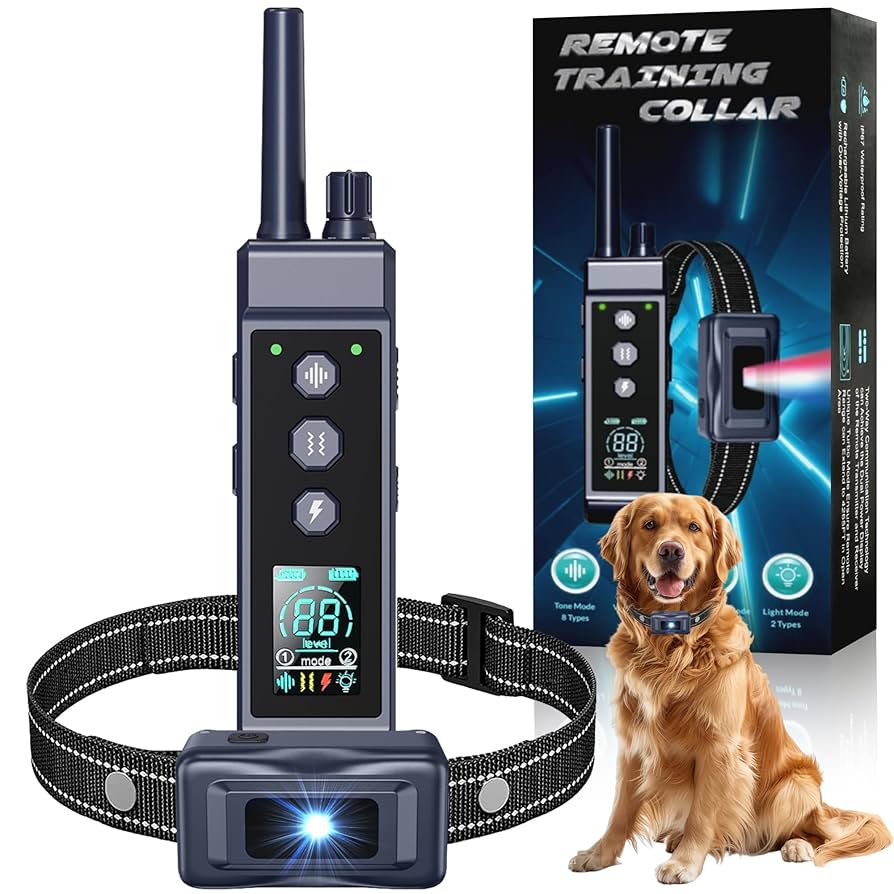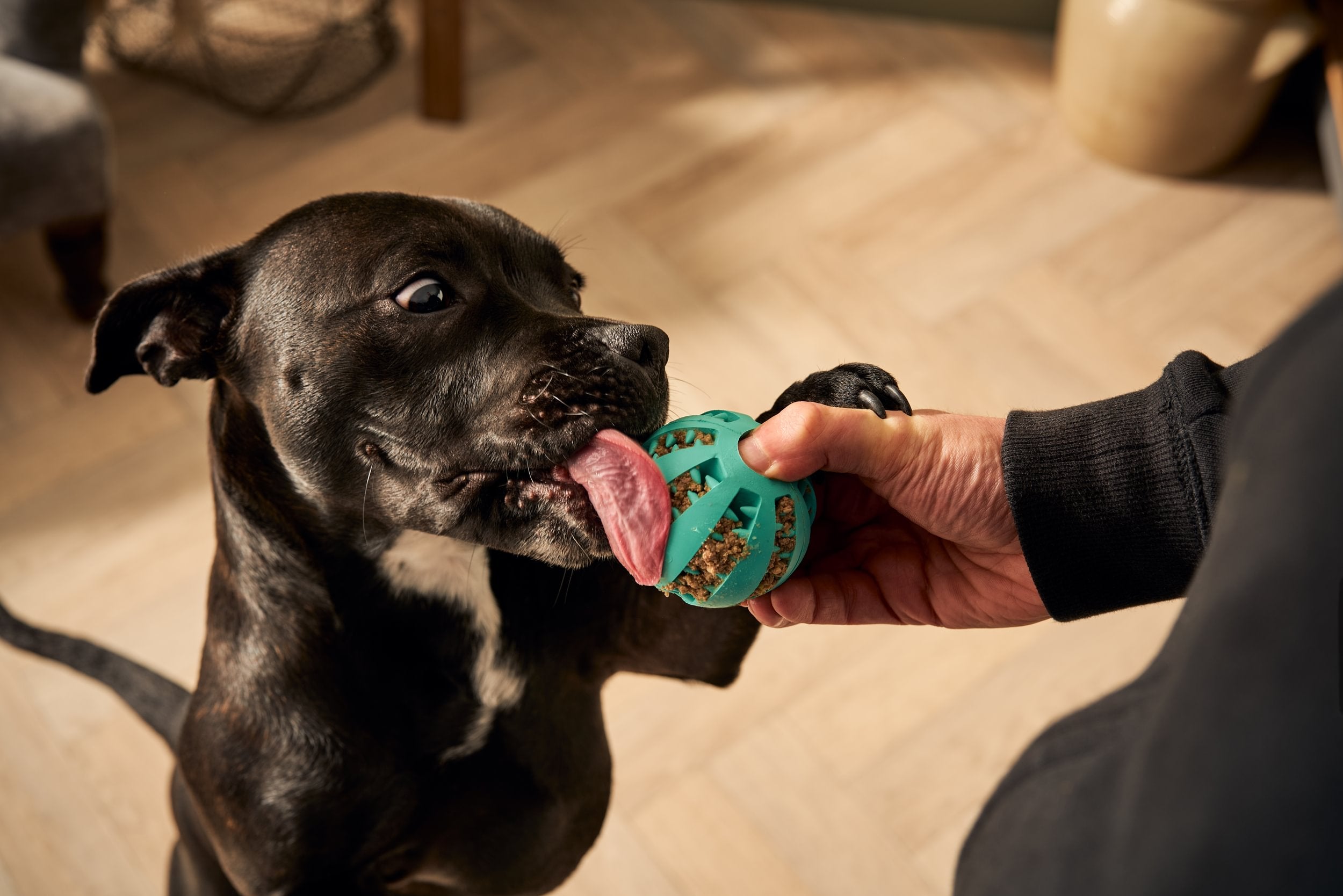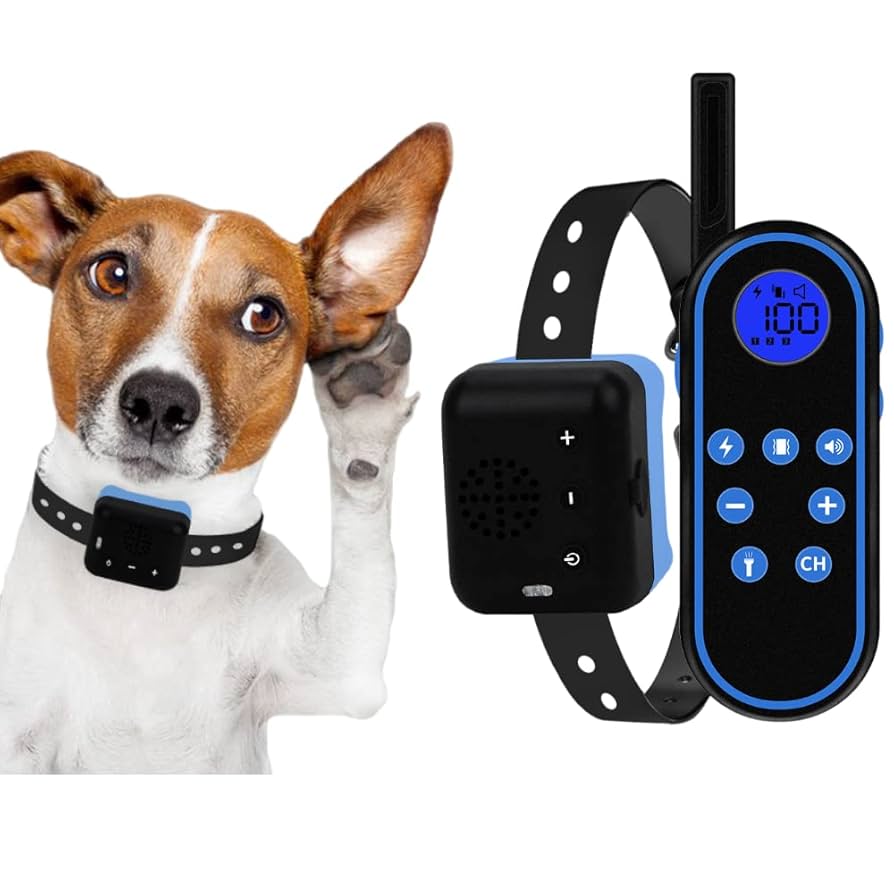Are you struggling to train your dog and keep their behavior in check? A training collar for dogs with remote control might be the solution you’ve been looking for.
Imagine having the power to guide your dog’s actions from a distance, making training easier and more effective. You’ll discover how this tool can transform your training sessions, strengthen your bond with your pet, and bring peace to your daily routine.
Keep reading to find out everything you need to know before choosing the right remote training collar for your dog.

Credit: www.k9electronics.com
Types Of Training Collars
Training collars with remote control come in different types, each designed to communicate with your dog in unique ways. Choosing the right one depends on your dog’s temperament and what kind of training you want to achieve. Understanding these types helps you pick a collar that fits your training style and keeps your dog comfortable.
Static Shock Collars
Static shock collars deliver a mild electric pulse to your dog through the collar. The intensity is adjustable, letting you find the right level that gets your dog’s attention without causing pain. Many trainers use these collars to discourage unwanted behaviors, but you should use them carefully to avoid stressing your dog.
Have you noticed how your dog reacts to sudden sounds or touches? Static shock collars work on the same principle, using a small correction to interrupt bad habits. Still, they’re not for every dog, especially sensitive or anxious ones.
Vibration Collars
Vibration collars send a gentle buzz to your dog’s neck as a signal. They are a popular choice for dogs that are sensitive to shocks or for owners who prefer a non-painful correction method. This type helps you get your dog’s attention without causing discomfort.
Imagine calling your dog’s name and adding a subtle vibration as a cue. It can reinforce commands like “come” or “stay” effectively. Vibration collars are great for indoor training or for dogs that respond well to touch-based signals.
Ultrasonic Collars
Ultrasonic collars emit a high-pitched sound that only dogs can hear. This sound distracts your dog and interrupts unwanted behavior without physical contact. It’s a humane option that relies on sound rather than stimulation.
Think about how your dog reacts to a whistle or a beep. Ultrasonic collars use a similar idea but with tones tuned specifically for dogs. They can be helpful for training at a distance or in noisy environments where verbal commands might get lost.

Credit: www.amazon.com
Benefits Of Using Remote Collars
Using a remote training collar for your dog offers several clear benefits that can make training more effective and less stressful. These collars give you a way to guide your dog’s behavior from a distance, which is especially useful in outdoor or distracting environments. Understanding these benefits helps you decide if a remote collar fits your training style and your dog’s needs.
Enhanced Control
Remote collars let you maintain control even when your dog is far away or off-leash. This is crucial during walks in busy parks or open fields where distractions are everywhere. You can quickly correct unwanted behavior before it becomes a habit, making your commands more consistent.
Have you ever struggled to get your dog’s attention when they’re focused on something else? A remote collar helps solve that by allowing immediate feedback without needing to be right next to them.
Improved Communication
Clear communication is key to effective training. Remote collars offer a direct way to signal your dog without shouting or chasing after them. You can use gentle vibrations or sounds as cues, which your dog learns to associate with commands.
This method reduces confusion for your dog and speeds up learning. It also strengthens the bond between you and your pet because your dog knows exactly what you want, even at a distance.
Versatility In Training
Remote collars adapt to many training needs. Whether you’re teaching basic obedience, managing barking, or training recall, the collar provides a tool that fits multiple scenarios.
Adjustable settings on most devices let you customize the intensity and type of signals based on your dog’s size, temperament, and sensitivity. This flexibility means you can tailor training to what works best for your dog without being harsh or overwhelming.
Safety Considerations
Training collars with remote controls can help teach dogs good behavior. Safety is very important when using these devices. Proper care prevents harm and keeps training effective.
Correct Usage Techniques
Always read the collar manual before use. Start training in a quiet, distraction-free place. Use the lowest stimulation level that gets your dog’s attention. Give clear commands and reward good behavior. Avoid using the collar as punishment. Keep training sessions short and positive to build trust.
Avoiding Overcorrection
Overcorrection can confuse or scare your dog. Use the remote control only when needed. Do not press the button repeatedly or hold it too long. Watch your dog’s reactions closely. Stop the correction if your dog shows stress or fear. Always balance correction with praise and treats to encourage learning.
Ensuring Comfortable Fit
Check the collar fits snugly but not too tight. You should fit two fingers under the collar comfortably. Adjust the collar as your dog grows or loses weight. Remove the collar during rest or playtime without training. Regularly check the skin under the collar for irritation or hair loss. A comfortable fit helps prevent injuries and discomfort.
Choosing The Right Collar
Choosing the right training collar for your dog is key for effective training. The collar must fit well and suit your dog’s needs. A proper fit ensures comfort and safety. The right features improve training results. Budget also plays a role in the decision.
Size And Breed Considerations
Different breeds need different collar sizes and strengths. Small dogs require lightweight collars with gentle stimulation. Large breeds need durable collars with stronger signals. Measure your dog’s neck before buying. Check weight limits set by manufacturers. Consider your dog’s temperament and training level.
Features To Look For
- Range of the remote control for better distance
- Multiple stimulation levels to adjust intensity
- Waterproof design for outdoor use
- Rechargeable batteries for convenience
- Easy-to-use controls for quick responses
These features help customize training and increase success. Choose collars with safety features to protect your dog.
Budget-friendly Options
Affordable collars offer basic functions without extra costs. Look for models that include essential features only. Avoid very cheap collars that may break easily. Compare prices and read reviews before buying. Quality and safety matter more than low price.
Training Tips And Techniques
Training your dog with a remote training collar can be highly effective if you apply the right techniques. Understanding how your dog learns and communicates is essential. Use strategies that build trust and encourage good behavior, making the training process smoother for both of you.
Positive Reinforcement
Reward your dog immediately when they respond correctly to the collar’s signal. Treats, praise, or playtime work well as rewards. This helps your dog connect the collar’s cue with a positive outcome, increasing the chances they’ll repeat the desired behavior.
Remember, timing is crucial. If you wait too long to reward, your dog may get confused. Use the remote collar as a gentle reminder, not punishment, to keep training fun and motivating.
Consistency Is Key
Use the remote collar signals consistently for the same commands every time. Mixed signals can confuse your dog and slow down progress. Set clear rules for when and how you use the collar to avoid misunderstandings.
Train in short sessions daily rather than long, exhausting ones. This keeps your dog focused and eager to learn. How often do you practice commands with your dog? Regularity can be the difference between success and frustration.
Understanding Your Dog’s Signals
Pay close attention to your dog’s body language during training. Signs like tail wagging, ear position, or eye contact tell you how they feel about the collar and commands. Adjust your approach if you notice stress or confusion.
Each dog reacts differently to remote collars. Some need a softer touch, while others respond to firmer signals. Have you noticed how your dog reacts when you use the collar? Listening to these cues helps you tailor training for better results.
Common Misconceptions
Training collars with remote controls often cause confusion. Many people have wrong ideas about how they work and their impact on dogs. Clearing these misconceptions helps owners use them safely and effectively.
Myths About Safety
People think training collars cause pain or harm to dogs. Actually, most collars have adjustable settings. They deliver gentle signals that dogs can feel without injury. Proper use prevents any discomfort. Safety depends on correct training and supervision.
Effectiveness Myths
Some believe collars teach dogs instantly or without effort. Training collars support consistent commands and timing. They do not replace patience or positive reinforcement. Success comes from combining the collar with good training habits.
Misunderstanding Remote Features
Many users think all remote collars have the same features. Some have vibration, sound, or static options. Others include different range limits and control types. Knowing your collar’s features helps avoid misuse and improves training results.
Maintaining Your Remote Collar
Maintaining your remote training collar is key to its long-lasting use. Proper care keeps it working well and safe for your dog. Simple habits can prevent issues and ensure smooth training sessions.
Regular Cleaning
Clean the collar and remote often to remove dirt and moisture. Use a soft cloth with mild soap and water. Avoid harsh chemicals that can damage the device. Dry the collar completely before using it again. Check the collar strap for wear and replace it if needed.
Battery Care
Charge the remote and collar batteries fully before first use. Avoid letting the batteries drain completely. Store the collar and remote in a cool, dry place. Remove batteries if you do not use the collar for a long time. Use only the charger recommended by the manufacturer.
Troubleshooting Common Issues
- Remote not working? Check if the battery is charged.
- No signal? Make sure the collar is within range.
- Collar not responding? Clean the contact points on the collar.
- Buttons stuck? Gently press and release to free them.
- Device resets? Check for water damage or loose parts.

Credit: www.amazon.com
Frequently Asked Questions
What Is A Training Collar For Dogs With Remote?
A training collar with remote controls your dog’s behavior remotely. It delivers signals like vibrations or sounds to guide training. This tool helps reinforce commands without physical contact. It is useful for obedience and correcting unwanted actions effectively.
Are Remote Training Collars Safe For Dogs?
Yes, when used correctly, remote training collars are safe. They provide non-harmful stimulation like vibrations or mild static signals. Proper usage involves gradual training and avoiding overuse. Always follow manufacturer guidelines to ensure your dog’s comfort and safety.
How Far Can A Remote Training Collar Reach?
Remote training collars typically have a range from 300 to 1000 yards. The range varies by model and environment. Open spaces provide better signal distance. Check the collar specifications before purchase to match your training needs.
Can Remote Training Collars Help With Aggressive Behavior?
Yes, remote training collars can assist in managing aggression. They help interrupt unwanted behavior instantly through remote signals. Combined with consistent training, they promote positive behavior changes. Consult a professional trainer for severe aggression cases.
Conclusion
Training collars with remotes help guide dogs gently and clearly. They improve communication between you and your pet. Using the collar consistently can build good habits fast. Always choose a collar that fits your dog well. Training takes patience, but results are worth it.
Safe and kind use leads to better behavior. Enjoy a happier, more obedient dog every day. Trust the process, and stay calm throughout training. Your dog will respond better with clear signals. Keep sessions short and positive to maintain interest.







